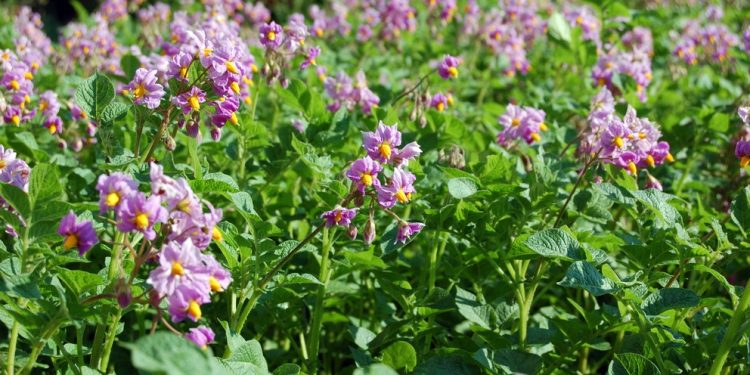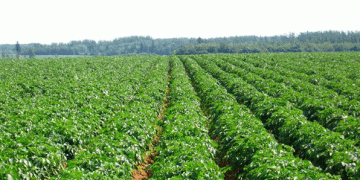#potatoindustry #potatoviruses #disease-resistantvarieties #cropmanagement #precisionagriculture
The US potato industry is facing a major challenge in combating potato viruses that can cause significant yield loss and crop damage. However, recent innovations in crop management techniques and disease-resistant potato varieties are showing promising results in reducing the impact of these viruses on potato crops. This article will explore the latest data and innovations in the US potato industry and their potential impact on the future of potato cultivation.
According to a recent report by the United States Department of Agriculture (USDA), potato viruses such as potato virus Y (PVY) and potato leafroll virus (PLRV) are a major concern for the potato industry in the United States. These viruses can cause significant yield losses and quality defects in potato crops, leading to economic losses for farmers and reduced availability of high-quality potatoes for consumers.
To combat these viruses, researchers and farmers are working together to develop and implement new disease management techniques. One promising approach is the use of disease-resistant potato varieties, which can help to prevent the spread of viruses and reduce the need for chemical treatments. For example, the USDA has developed several new varieties of potatoes that are resistant to PVY, including the Ranger Russet and the Russet Norkotah.
In addition to disease-resistant varieties, innovations in crop management techniques are also showing promise in reducing the impact of potato viruses. For example, the use of precision agriculture technologies such as drones and satellite imagery can help farmers to identify and manage disease hotspots in their fields. This can allow for targeted treatment of infected areas and reduce the need for broad-spectrum chemical applications.
Overall, the US potato industry is making significant strides in combating potato viruses and improving the health and quality of potato crops. While there is still much work to be done, the latest innovations in disease management and crop management techniques are offering promising results for farmers and consumers alike.






